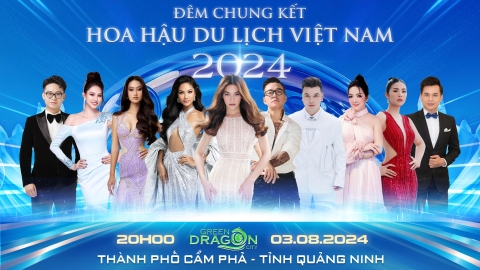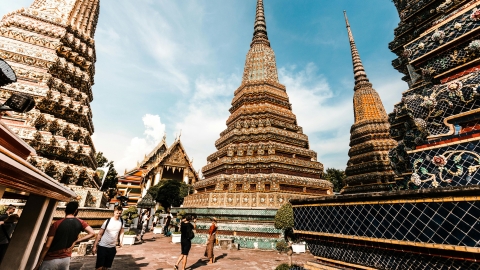Going back in history, in the 1820s and 1830s, Britain moved to control areas of India and intended to grow cotton in these lands to reduce imports from the United States. After this ambition failed, the British realized that they could switch to growing opium at a faster rate of exploitation. Opium made from poppies was illegally transported into China during the Qing Dynasty in huge quantities, bringing huge profits to Britain. After that, Britain moved to demand the freedom to trade opium from India to China while the Qing Dynasty had strictly banned it, according to the History website.
The First Opium War between Britain and China officially broke out in 1840. Having lost the war, in 1842 the Qing Dynasty was forced to sign the Treaty of Nanking, ceding territory to the victors, officially marking the permanent transfer of Hong Kong Island to the British. In 1860, the Qing Dynasty continued to lose the Second Opium War, and Britain annexed the Kowloon Peninsula and Stonecutters Peninsula to Hong Kong through the Convention of Peking. In 1898, Hong Kong continued to expand when Britain signed a 99-year lease on the New Territories and outlying islands, until 1997.
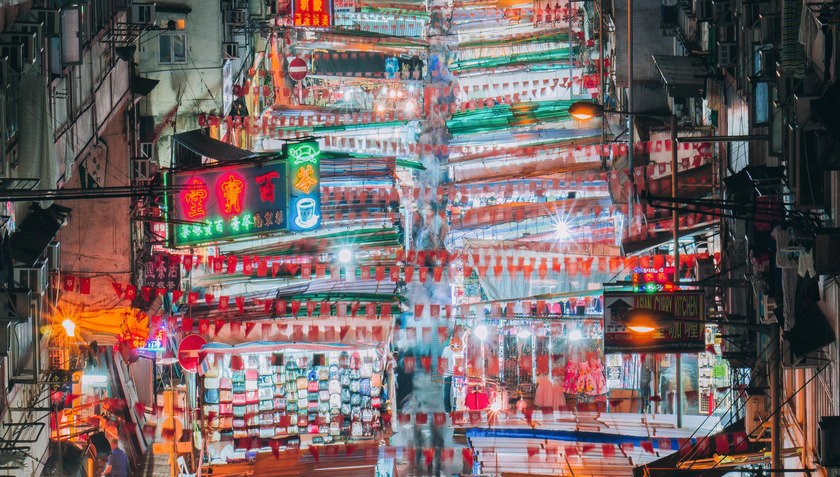
Although it was returned to China in 1997, Hong Kong still retains many strong traces of the British colonial period.
Despite the limited lease term for the New Territories, the territory was rapidly developed and integrated with the rest of Hong Kong. As the lease term approached, and amid tense negotiations in the 1980s over Hong Kong’s future, it became impossible to separate the territories and hand over only the New Territories to China. In addition, given the scarcity of land and natural resources in Hong Kong, many large-scale infrastructure projects were implemented in the New Territories, many of which were planned after June 30, 1997, after China had already taken over.
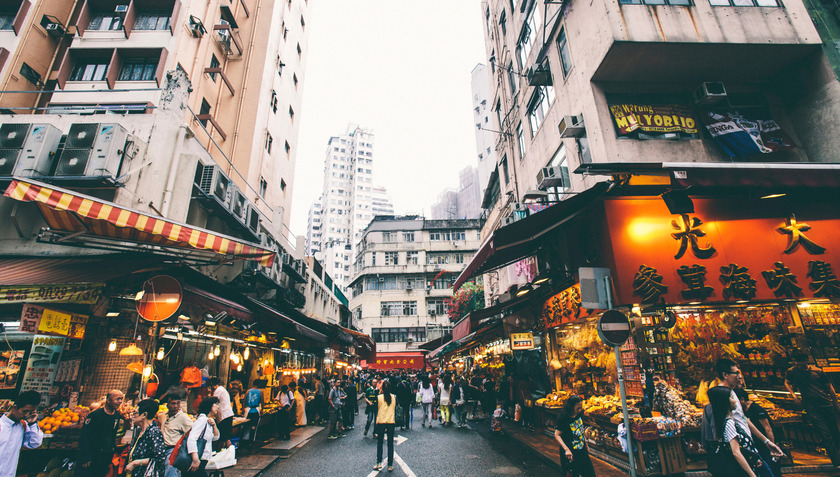
This unique cultural exchange has created a Hong Kong that is both modern and dynamic, yet also classic and charming.
Because it was a British colony for more than 150 years, Hong Kong still retains many cultural features that are distinctly British that any visitor can easily recognize.
Where English is the common language
Hong Kong is a unique destination in China, where the blend of cultures creates a multilingual environment. English, with its long history, is still widely spoken and is an integral part of daily life for Hong Kong people.
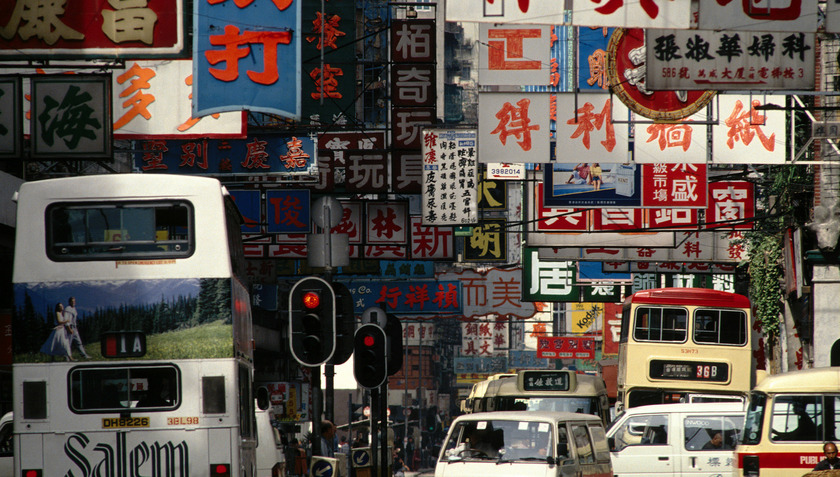
Language reflects and is influenced by cultural exchange. Due to the influence of colonial times and international trade, Hong Kong is home to multicultural communities.
This is one of the few places in China where you can confidently communicate in English while traveling. With over 100 years of using English as an official language, most locals here can communicate in English, from street vendors to luxury store employees.

For more than 130 years, English has been the sole official language in Hong Kong.
Hong Kong was a British colony for over 100 years. During this time, English was widely used in government, education and commerce. In addition, Hong Kong is one of the world's leading financial centers. Communicating in English makes it easier for Hong Kong to connect with international business partners. Shopping malls, amusement parks and the subway system always have instructions in this language. Staff at Disneyland and Ocean Park speak fluent English, Mandarin and Cantonese (the local language).
Street Names in Hong Kong: A Remnant of the British Colonial Era
One of the most obvious examples is the street name system. Walking down the streets of Hong Kong, visitors will easily come across familiar names as if they were lost in the heart of London.
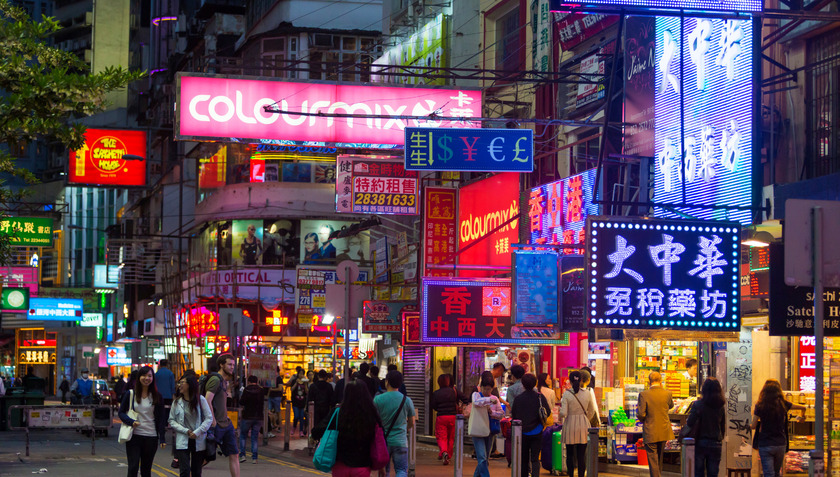
Walking on the streets of Hong Kong, visitors will easily come across familiar names as if they were lost in the heart of London.
This is no coincidence. Many streets in Hong Kong are named after famous British places or people. Queen Victoria Street, one of the busiest one-way streets in Central, is a typical example. This street is named after Queen Victoria, the longest-reigning British monarch. Or Prince Edward Road, Baker Street, Old Bailey Road, Oxford Road, these names all recall famous streets in London.

The similarities don’t stop there. Many streets in Hong Kong have a very similar feel to their British counterparts. For example, Hong Kong’s bustling Soho district, with its bars, restaurants and fashion stores, is heavily inspired by London’s famous Soho district.
Double-decker tram in Hong Kong
In the late 19th century, with the expansion of colonialism, Asia witnessed the emergence of many modern architectural works and technologies brought by Europeans. Among them, the tram system is a typical example. In Hong Kong, one of the important British colonies, trams quickly became an indispensable part of urban life.
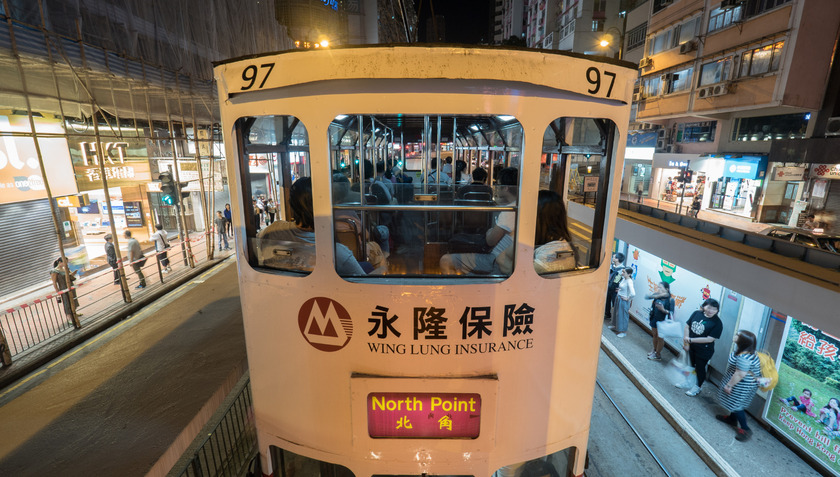
The jingling tram has not only been a form of transportation for over 110 years but also a tourist attraction in Hong Kong.
Established in 1904, the Hong Kong tram system was one of the first public transport systems in Asia. Today, more than a century later, the ancient double-decker trams still run on the streets of Hong Kong, creating a nostalgic scene.
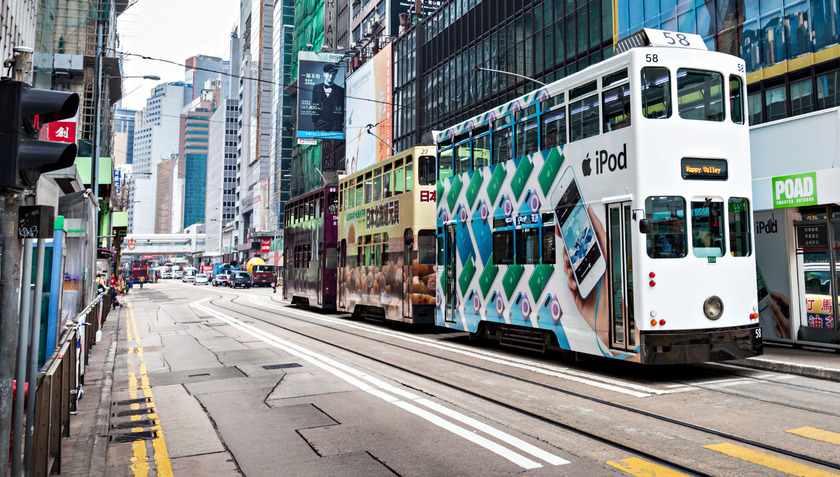
The Hong Kong Tram is one of three tram systems in the world with a double-decker design.
Sitting on the bright yellow trams, gliding smoothly on the rails, visitors feel like they are lost in a classic movie. Through the window, tall buildings, bustling streets and ancient temples appear one after another, creating a colorful picture of Hong Kong. The clanging sound of the wheels rolling on the rails blends with the laughter of passengers, creating a cozy and familiar space.
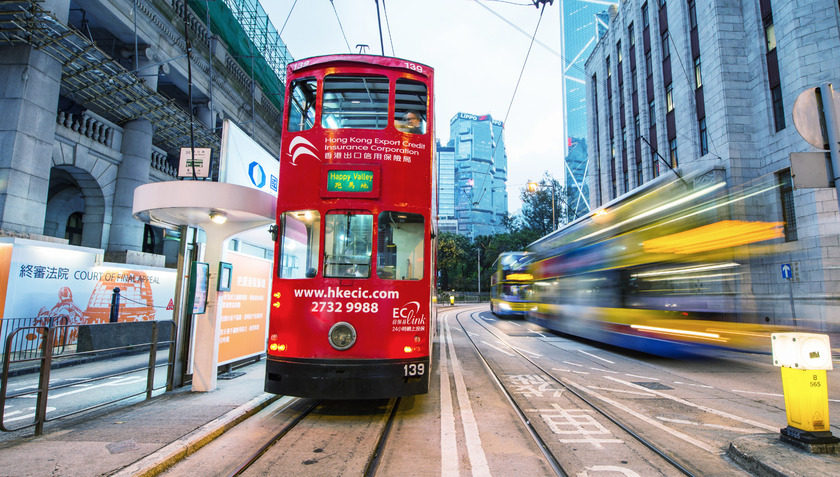
Trains are quite cumbersome, slow, not very economical, and are the cheapest means of public transport in Hong Kong.
The Hong Kong tram system is not only a means of public transport but also an attractive tourist destination. With its unique design and long history, these trams have become a cultural symbol of the city. If you have the opportunity to visit Hong Kong, do not forget to experience the feeling of sitting on an old tram and explore the beauty of this city in a very unique way.
Hong Kong people drive on the left.
Hong Kong, with its history of East-West interaction, has always had its own unique cultural characteristics. One of the things that sets Hong Kong apart from most cities in China is the traffic rules: Hong Kongers drive on the left side of the road.
This legacy is inherited from the colonial period. When the British arrived in Hong Kong in the 19th century, they brought with them customs and practices, including the rule of driving on the left. This was a common regulation of the British colonies at that time, to ensure uniformity and convenience in traffic management.
Imagine standing on a street in Hong Kong, watching double-decker buses turn left smoothly, weaving through narrow streets, creating a vivid picture of urban life. All of this is the result of a decision made more than a century ago.
Driving on the left is not just a traffic rule, but also a part of Hong Kong's cultural identity. It reminds us of its glorious past and the profound influence of Western culture on this country.
Ancient Hong Kong, British colonial architectural masterpieces remain intact
Hong Kong is not only a modern city but also a living architectural museum. The buildings with strong British colonial style, built in the 19th and early 20th centuries, still stand tall in the heart of the city, like historical witnesses.
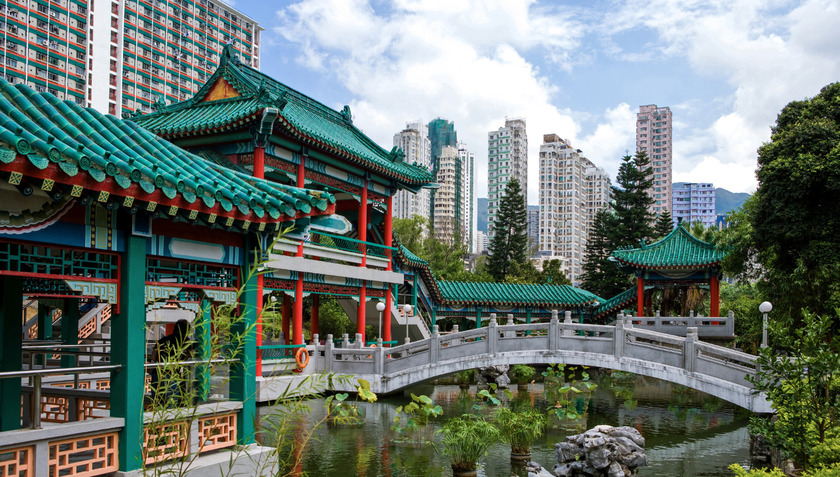
Hong Kong has always been known for its luxury and modernity, changing over time, but there are still symbols bearing strong historical imprints here.
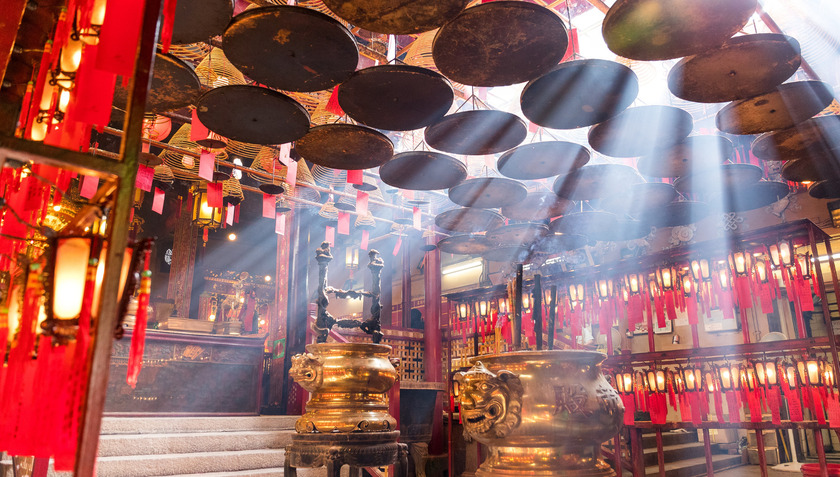
As a small land on the Pearl River estuary, Hong Kong has gone through historical stages to transform from a small farming and fishing village into a global financial center.
St. John’s Cathedral, with its distinctive Gothic architecture, is a prime example. Its pointed arched windows, soaring domes and granite pillars create a solemn and serene atmosphere. The church is not only a place of worship but also a cultural icon of Hong Kong. The Supreme Court, with its facade designed by architects who worked on Buckingham Palace, exudes elegance and authority.
These structures are not just buildings, but stories of history and culture. They are a testament to the fusion of East and West, tradition and modernity. Today, as Hong Kong continues to develop, it is important to preserve these architectural heritages. They not only help us better understand the past but also contribute to the rich cultural landscape of the city.



























